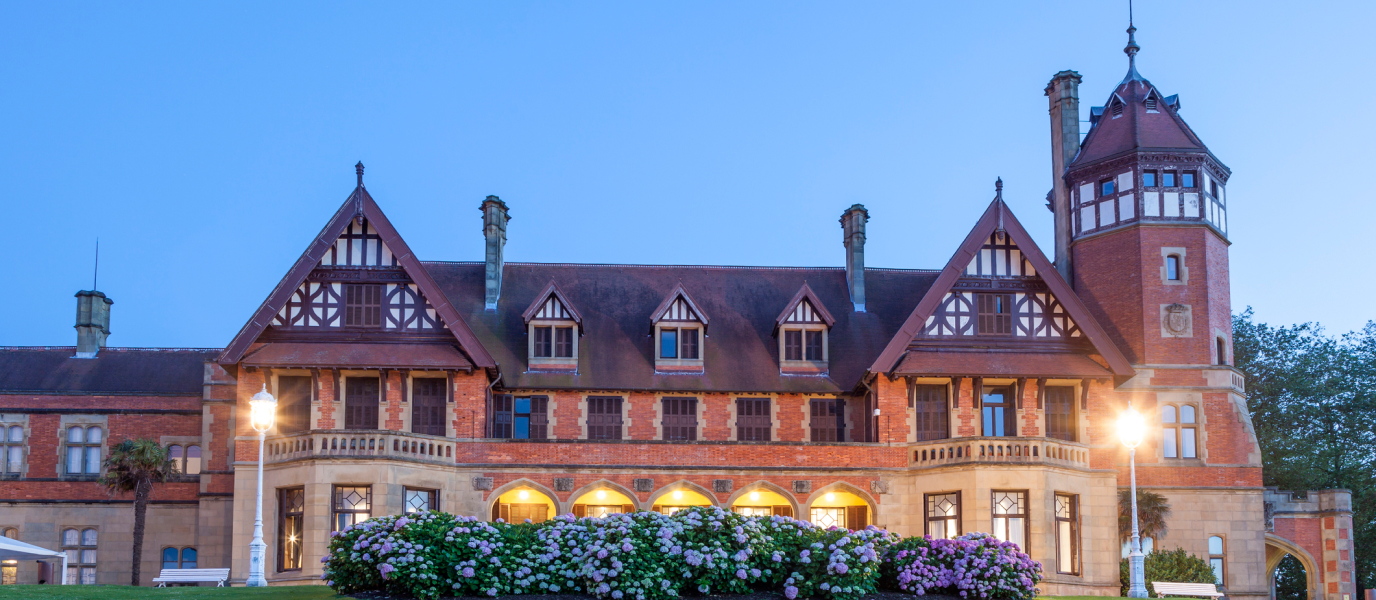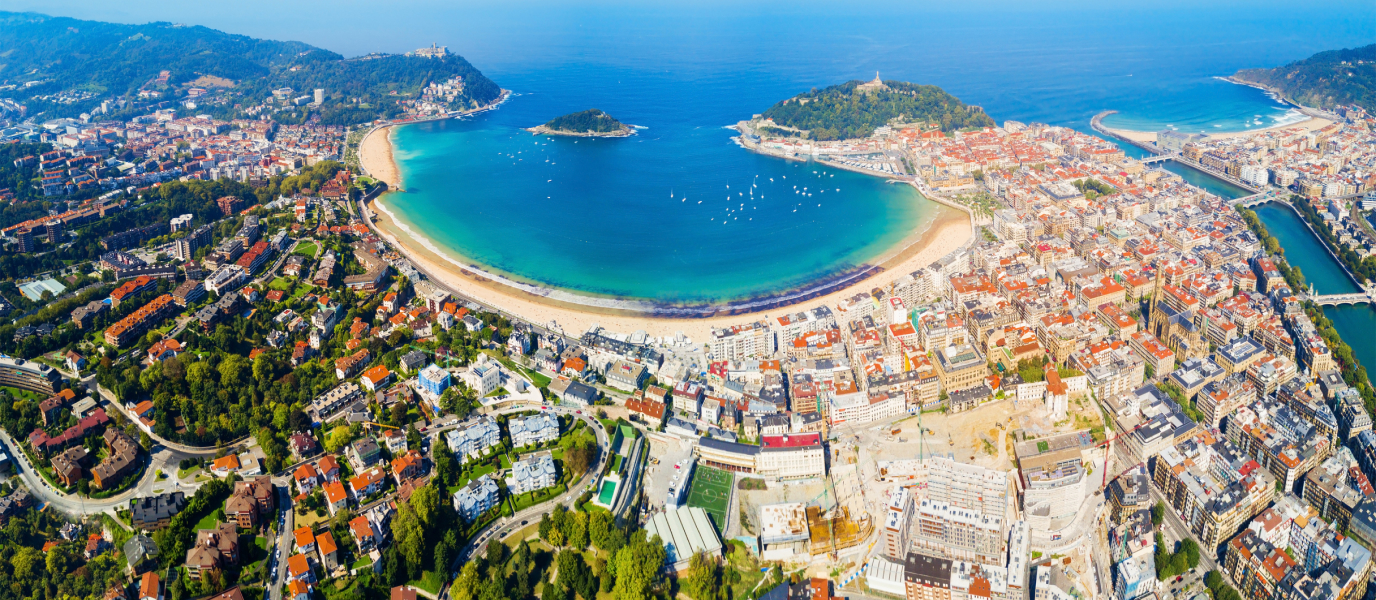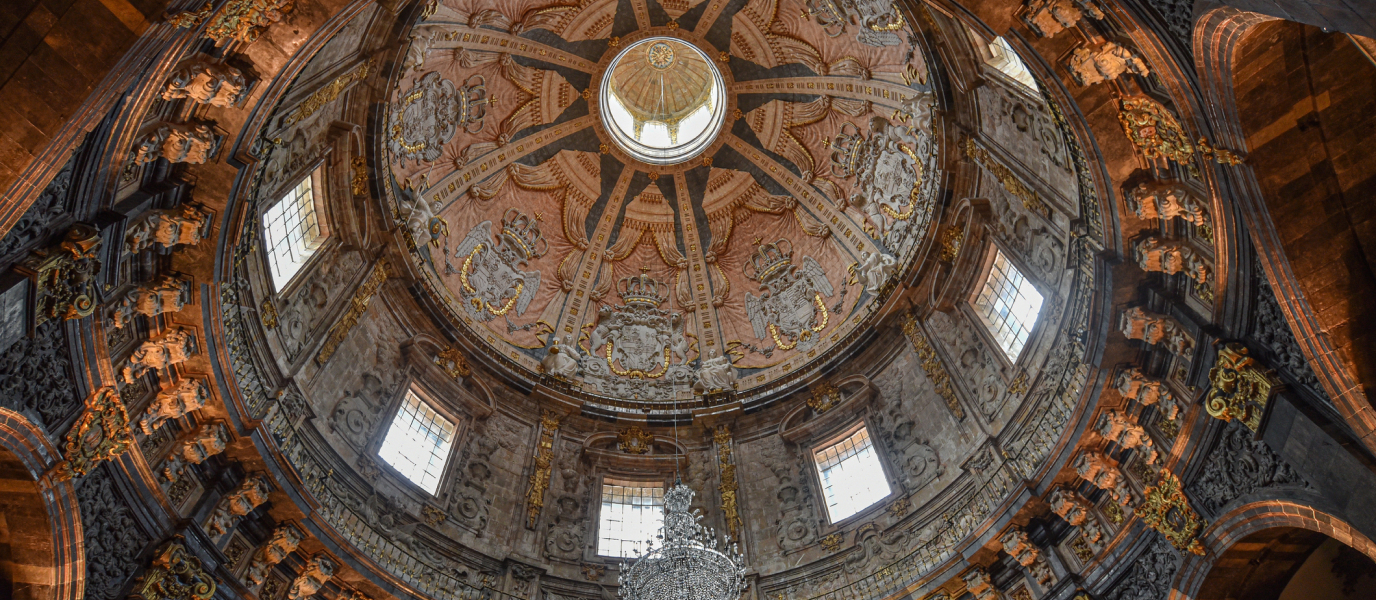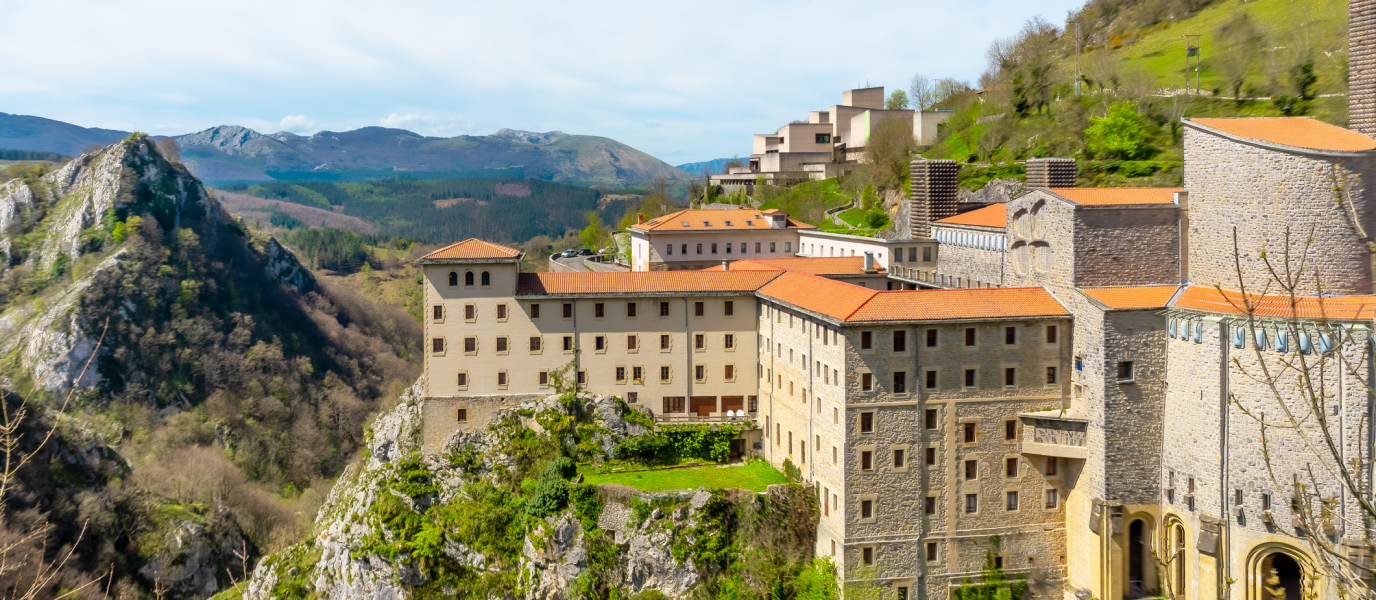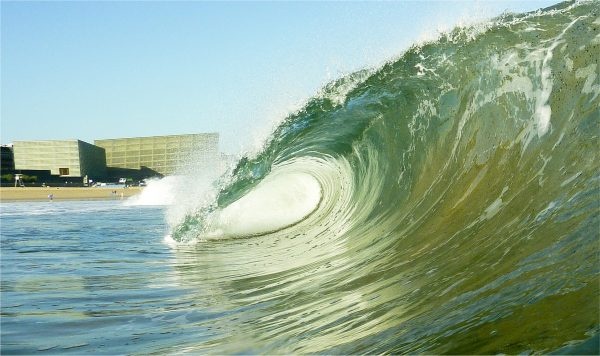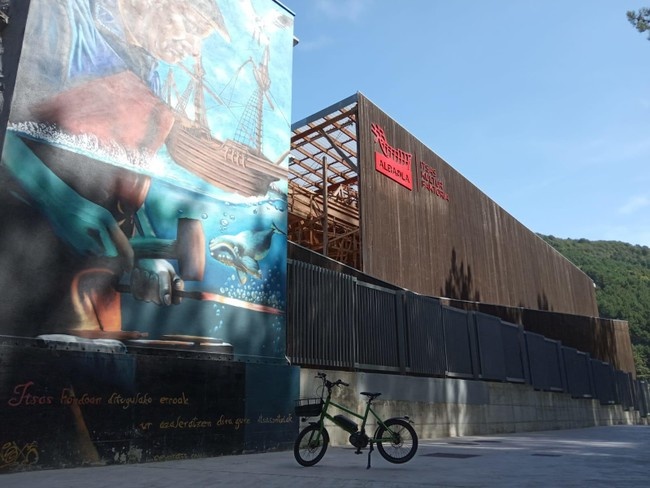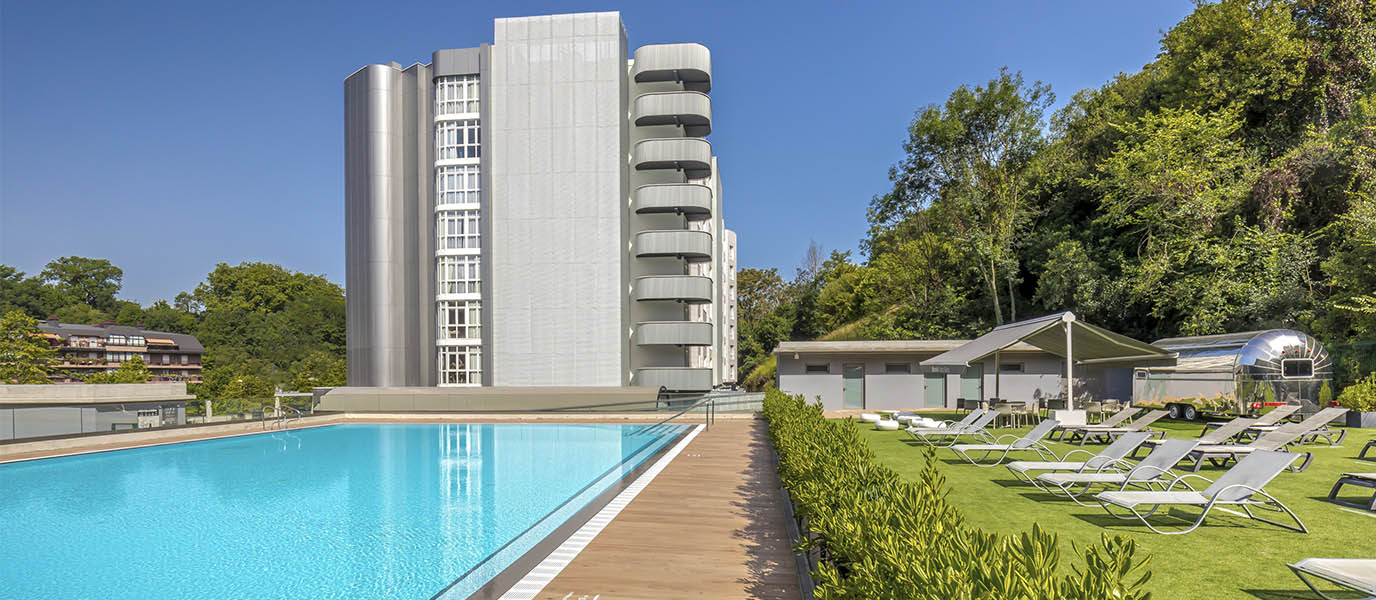The beauty of San Sebastián is such that the Queen Regent Maria Christina, mother of Alfonso XIII, fell in love with the city in the 19th century and decided to spend her summers there. That decision meant a royal residence was needed.
There were many potential sites, including Monte Urgull, one of the main green spaces that brings life and nature to the city centre. After evaluating the options, the estate of Count Moriana was chosen as the perfect site for a royal palace. Located on a hill between the city centre and the Antiguo district, the plot overlooked the stunning La Concha bay. Come and discover everything Miramar Palace has to offer today.
An English-style palace between two beaches.
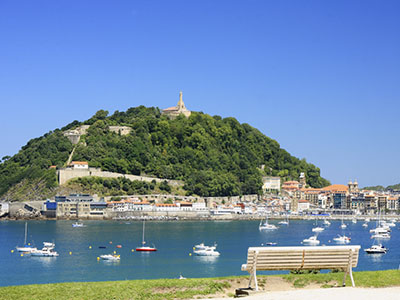
The Spanish monarchy’s close ties with San Sebastián began with Isabella II, who loved spending her summers there and bathing in the waters of the Cantabrian Sea. Royal passion for the city grew when Queen Regent Maria Christina purchased some land from the Count of Moriana to build a country house as a summer retreat.
At almost three and a half hectares in size, the estate comprises the main house, a park, several outbuildings and large gardens. Its privileged location make Miramar Palace a focal point of San Sebastián as it dominates the city skyline.
The design of the building was entrusted to the British architect Ralph Selden Wornum. Benito Olasagasti was placed in charge carrying out the project under the supervision of José Goicoa. You cannot fail to notice the British influence, as the design is clearly Queen Anne style. The palace is rural in appearance, and has three floors. The red brick gives it a sombre but elegant appearance. The finishing touches are provided by Neo-Gothic ornamentation.
The décor inside the property is different on each floor. In some areas of the house, the original features have been preserved, including wooden floors and the artesonado in certain rooms. The remaining areas have taken on a much more functional role since the local council acquired Miramar Palace in 1972.
Several rooms have been repurposed as classrooms for summer courses run by the University of the Basque Country. The building and its gardens are also frequently used for receptions during the San Sebastián International Film Festival. The beauty of the surroundings and the outward appearance of the palace have remained the same over the centuries, evoking its illustrious past and making it the perfect event venue.
What to see in the grounds
As well as the palace itself, there are many other things to see in the grounds.
- The gardens. Locals like to wander through the gardens around Miramar Palace, relaxing on the immaculate lush green lawns, and admiring the vibrant colours of the flowers with the spectacular La Concha Bay in the background. Nothing is more tempting than just lying back and losing yourself in the horizon for a while. You can also take a stroll around the grounds and enjoy the impressive views of San Sebastián from this natural vantage point.
- The Embrace by Eduardo Chillida. This Basque sculptor, known as the ‘architect of empty space’, left an indelible imprint on his hometown. Chillida demonstrated the love he felt for his birthplace by placing sculptures all around San Sebastián, including the awe-inspiring Comb of the Wind. In the gardens of Miramar Palace, you will find a small sculture by him: Besarkada (The Embrace). Standing at just one metre high, it is a commemorative monument created in homage to the artist Rafael Ruiz Balerdi. The sculptor donated the work to the city of San Sebastián, and it was placed in the grounds of the palace.
- El Pico del Loro. At the bottom of the gardens there is a small rocky outcrop separating the beaches of La Concha and Ondarreta that is popularly known as Pico del Loro, or Parrot’s Beak. From there you will have fantastic views of Santa Clara Island. It’s the perfect place for a few snaps to remember your holiday by.
- The Antiguo tunnel. One way to cross from one beach to the other is through the tunnel that runs under Pico del Loro. This old tunnel was recently restored, and walking though it now is like walking through a striking underwater landscape. The effect is provided by the abstract murals on the vaulted ceiling painted by Víctor Goikoetxea. The new, revamped tunnel is now called MiramArt and is interactive, informing passers-by of the weather or condition of the beaches. Make sure you walk through at night to get the full effect of the dramatic lighting.
There’s no rush to get round Miramar Palace as it is open all day, except when there is an event scheduled. Take your time to roam around. Entry is free. You can continue your tour with a walk along La Concha promenade. Stop to contemplate Eduardo Chillida’s sculpture Homage to Fleming and then end with a stroll along Ondarreta Beach, which is perhaps the least well known of the city’s beaches. To round off your day, why not tuck into some pintxos in Cervecería Pepe? This is a lively bar close to the palace where you can recharge your batteries with some of San Sebastián’s traditional delicacies.






































































